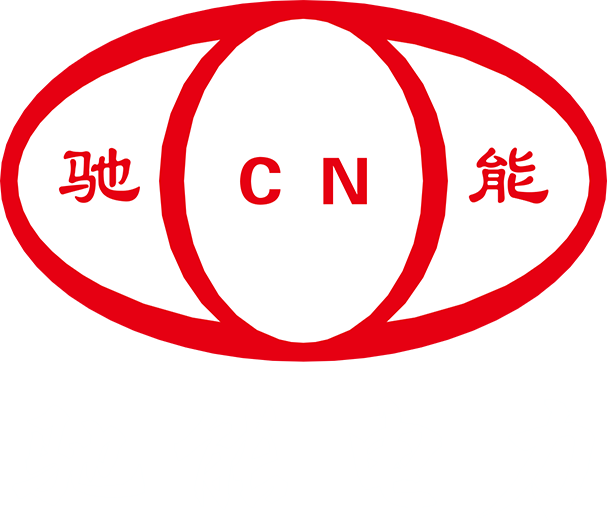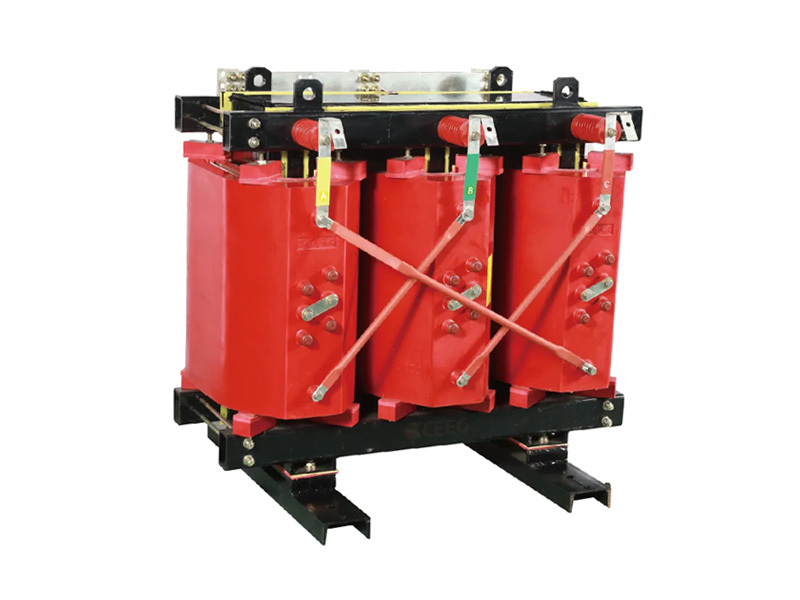He' Nan Chineng Electric Power Equipment Co., Ltd
Understanding the Benefits of Medium Voltage Dry-Type Transformers: A Comprehensive Guide
Apr 10,2025
Understanding the Benefits of Medium Voltage Dry-Type Transformers
Table of Contents
1. Introduction to Medium Voltage Dry-Type Transformers
2. Key Advantages of Medium Voltage Dry-Type Transformers
2.1 Enhanced Safety Features
2.2 Energy Efficiency and Cost Savings
2.3 Low Environmental Impact
3. Applications of Medium Voltage Dry-Type Transformers
3.1 Industrial Applications
3.2 Commercial Uses
4. How Medium Voltage Dry-Type Transformers Work
4.1 Construction and Design
4.2 Cooling Mechanisms and Performance
5. Selecting the Right Medium Voltage Dry-Type Transformer
5.1 Key Considerations
5.2 Common Specifications
6. Maintenance and Operational Best Practices
6.1 Routine Checks and Inspections
6.2 Troubleshooting Common Issues
7. Frequently Asked Questions
8. Conclusion
1. Introduction to Medium Voltage Dry-Type Transformers
In the modern landscape of electrical infrastructure, **medium voltage dry-type transformers** have emerged as pivotal components. These devices are designed to step down voltage levels for various applications, providing a reliable power supply while ensuring safety and efficiency. Typically operating in the voltage range of 1 kV to 35 kV, they serve as the backbone of commercial and industrial electrical systems.
Dry-type transformers, as the name suggests, utilize air for cooling rather than oil, making them suitable for environments where fire hazards are a concern. Their design and operational principles provide a unique blend of performance and safety features that are critical in today’s electrically driven world.
2. Key Advantages of Medium Voltage Dry-Type Transformers
Understanding the benefits of medium voltage dry-type transformers is essential for anyone involved in electrical design and installation. Here are the key advantages that set them apart from other transformer types.
2.1 Enhanced Safety Features
One of the primary reasons for choosing medium voltage dry-type transformers is their **enhanced safety features**. Since they do not use any flammable liquids, the risk of fire is significantly minimized. This is especially valuable in settings such as schools, hospitals, and high-rise buildings where safety is paramount. Additionally, dry-type transformers adhere to stricter environmental regulations, further enhancing their appeal.
2.2 Energy Efficiency and Cost Savings
Energy efficiency is another critical advantage of medium voltage dry-type transformers. These transformers are designed to operate with minimal losses, translating to lower energy bills. The initial investment in a dry-type transformer can be offset by the long-term savings on energy costs and reduced maintenance expenses typically associated with oil-filled units.
2.3 Low Environmental Impact
As industries worldwide strive for sustainability, medium voltage dry-type transformers have gained prominence due to their **low environmental impact**. They are free from hazardous materials, making them easier to recycle at the end of their life cycle. Furthermore, their energy-efficient operation contributes to reduced carbon footprints, aligning with global sustainability goals.
3. Applications of Medium Voltage Dry-Type Transformers
Medium voltage dry-type transformers are versatile and can be utilized across various sectors. Understanding their applications helps in recognizing their value in modern electrical systems.
3.1 Industrial Applications
In industrial settings, medium voltage dry-type transformers are used for powering large machinery and equipment. They are commonly found in manufacturing plants, data centers, and mining operations. Their robust design ensures reliability under demanding conditions, making them an ideal choice for industries requiring continuous power supply.
3.2 Commercial Uses
In commercial applications, these transformers are prevalent in shopping malls, office buildings, and hospitals. They provide the necessary voltage regulation and reliability to support lighting, HVAC systems, and elevators. The ability to install them in populated areas without the risk of fire hazards further enhances their utility in commercial establishments.
4. How Medium Voltage Dry-Type Transformers Work
A clear understanding of how medium voltage dry-type transformers operate is crucial for optimizing their use within electrical systems.
4.1 Construction and Design
Medium voltage dry-type transformers consist of several key components, including the core, windings, and cooling systems. The core is typically made of silicon steel, which maximizes efficiency by minimizing magnetic losses. The windings are insulated to prevent short circuits and ensure safe operation. Their compact design allows for installation in limited spaces, making them ideal for urban environments.
4.2 Cooling Mechanisms and Performance
Unlike oil-filled transformers, medium voltage dry-type transformers utilize air for cooling. This natural cooling mechanism allows for consistent performance, even in high-temperature environments. They are equipped with ventilators to facilitate airflow, ensuring the transformer operates within its optimal temperature range.
5. Selecting the Right Medium Voltage Dry-Type Transformer
Choosing the appropriate transformer for your application requires careful consideration of various factors.
5.1 Key Considerations
When selecting a medium voltage dry-type transformer, factors such as load requirements, installation environment, and maintenance capabilities must be evaluated. Understanding the specific application's needs ensures that the transformer meets operational demands without compromise.
5.2 Common Specifications
**Specifications** for medium voltage dry-type transformers often include voltage rating, power capacity (in kVA), and impedance. It’s essential to match these specifications with the intended application to ensure optimal performance and longevity.
6. Maintenance and Operational Best Practices
Proper maintenance is key to ensuring the longevity and reliability of medium voltage dry-type transformers.
6.1 Routine Checks and Inspections
Regular inspections and maintenance checks are crucial. This includes checking connections, inspecting insulation integrity, and monitoring temperature levels. Scheduled maintenance helps identify potential issues before they escalate, ensuring continuous operation.
6.2 Troubleshooting Common Issues
Common issues that may arise include overheating, insulation failure, and performance degradation. Understanding these problems and their solutions can help maintain system efficiency. Engaging with qualified technicians for troubleshooting ensures that any issues are addressed promptly and effectively.
7. Frequently Asked Questions
What are the key benefits of using medium voltage dry-type transformers?
The key benefits include enhanced safety, energy efficiency, low environmental impact, and versatility in applications.
How do medium voltage dry-type transformers differ from oil-filled transformers?
Medium voltage dry-type transformers use air for cooling, which eliminates fire hazards associated with oil. They are also often more environmentally friendly.
In what environments are dry-type transformers most effective?
They are particularly effective in urban areas, schools, hospitals, and industrial settings where safety and space are priorities.
What are the typical maintenance practices for medium voltage dry-type transformers?
Routine inspections, temperature monitoring, and checking insulation integrity are essential maintenance practices.
Can medium voltage dry-type transformers be installed indoors?
Yes, their design makes them suitable for indoor installations, especially in areas where fire safety is a concern.
8. Conclusion
In summary, medium voltage dry-type transformers offer a plethora of advantages that make them an optimal choice for various applications. From enhanced safety features to energy efficiency and a low environmental impact, these transformers provide a reliable solution for modern electrical systems. Their versatility in both industrial and commercial applications further cements their importance in today’s energy landscape. Understanding their benefits and operational principles not only aids in making informed choices but also enhances the efficiency and safety of electrical installations. Transitioning to or incorporating medium voltage dry-type transformers can lead to significant long-term benefits, aligning with both safety regulations and sustainability goals. Embracing this technology is a step forward in building a more reliable and eco-friendly electrical infrastructure.
PREVIOUS:










